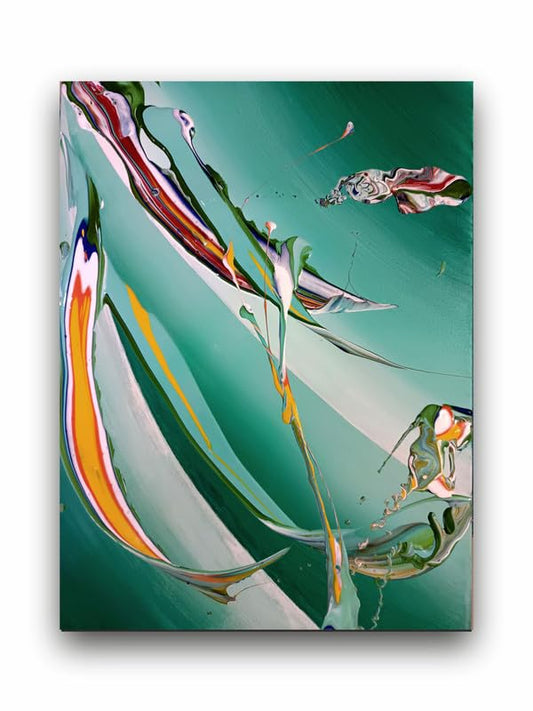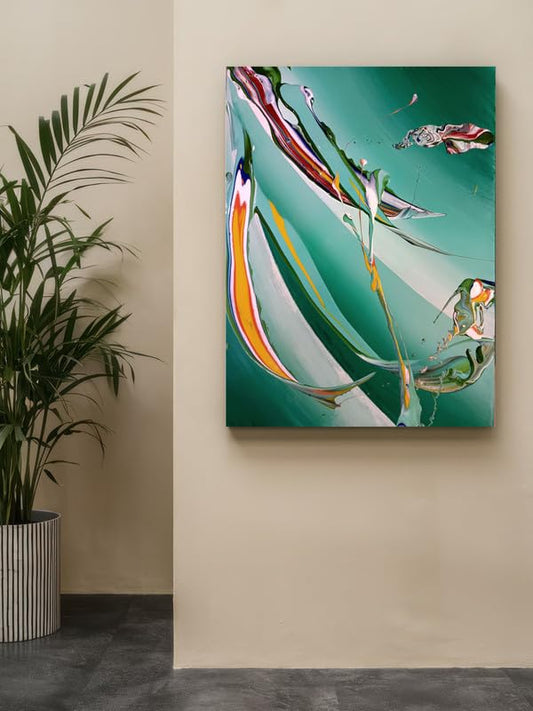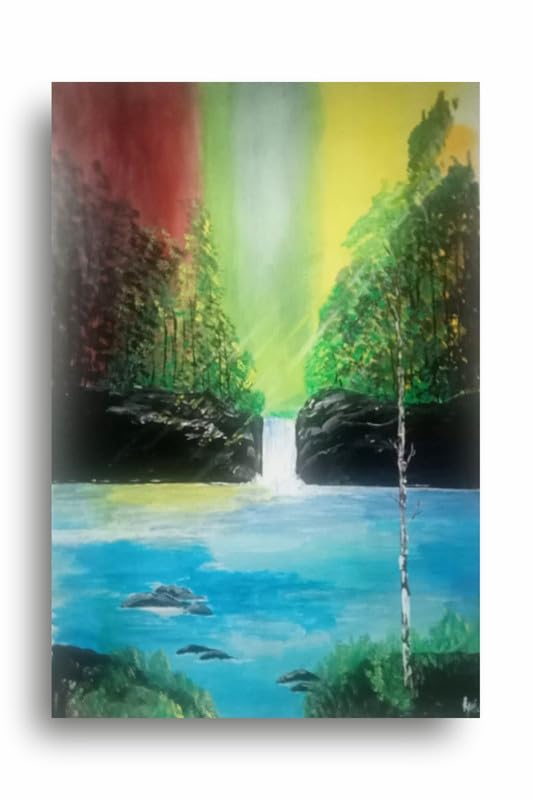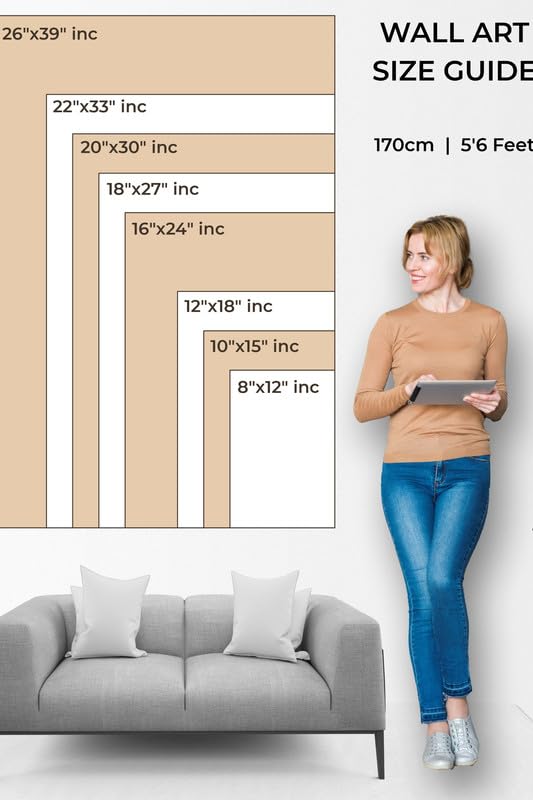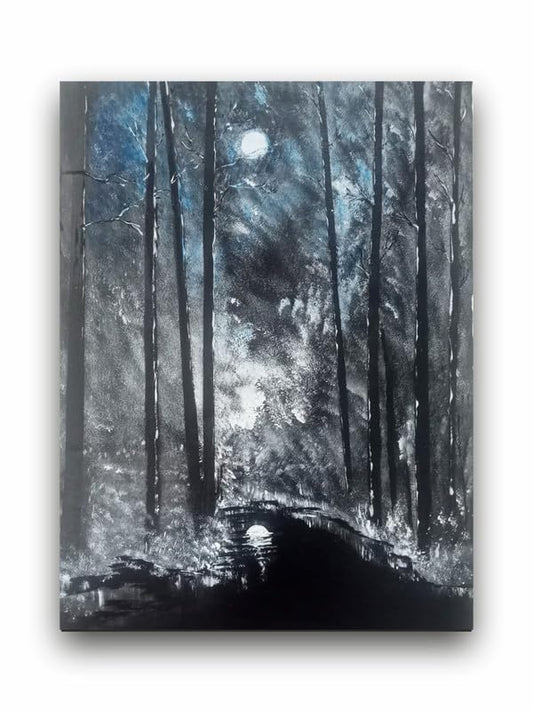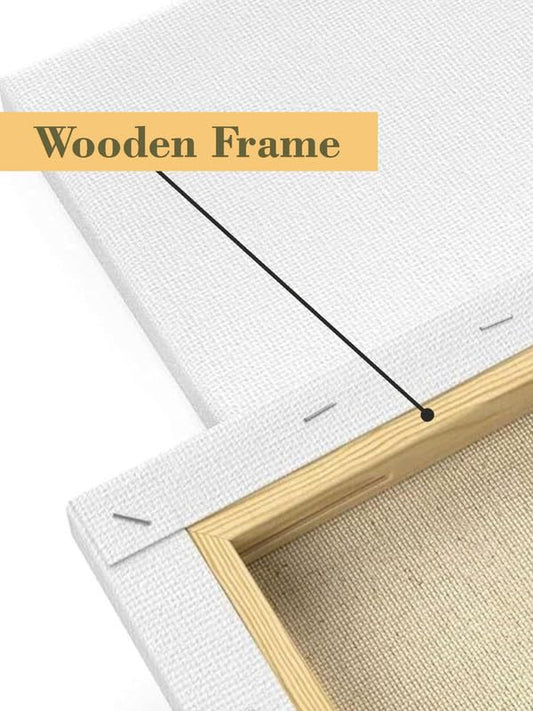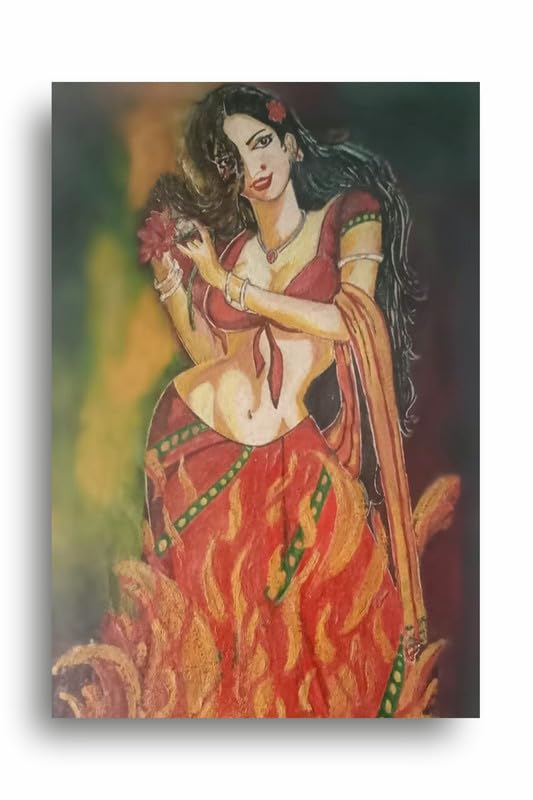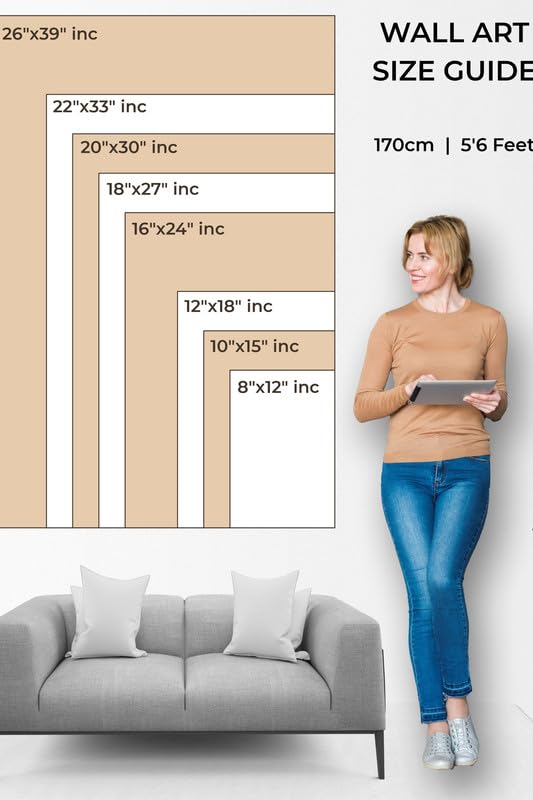
The role of repetition and patterns in abstract art
The role of repetition and patterns in abstract art
Abstract art in shunning representational art expresses the ideas, emotions, and forms in the most unnatural ways possible. Among techniques used to generate meaning and effect in abstract art, repetition and patterns are some of the most vivid elements through which an artwork will attest to exhibiting structure and rhythm but ultimately generates cohesion, movement, and emotive resonance.
Repetition Powers
In abstract art, there is a clear repetition of shapes, colors, lines, or textures within the work. Such repetition creates unity within a piece and familiarity for the viewers with its rhythm. Repetition of certain elements is guided by an artist to help in guiding a viewer's gaze around the canvas, creating a sense of balance or even movement.
For example, Wassily Kandinsky is one of the few, now-famous abstract artists making typical use of repetition in his artworks to give the appearance of being musical and harmonic. Among Kandinsky's works, we feel rhythms by the repetition of circles, lines, or geometric shapes. And again, repetition can intensify emotional tension by the repetition of strokes or colors forming layers of emotion that may move from serenity to chaos depending on the artist's use.
Patterns in Abstract Art
Patterns take repetition to the next level, creating more intricate arrangements, and they add dimensions to the general visuals of the pattern. While in the case of repetition, an element is repeated, patterns can be said to be used in cases where repeated elements are placed within structured or organized forms, most times taking geometric forms, grids, or organics' shapes. They use artists to produce textures, add dimensions, or build symbolism in the works of art.
In abstract art, patterns may disrupt the linear logic of realism and interpretation and emotional engagement. Some may include cultural or historical references-the very tribal design or textile pattern-things which other patterns render as natural processes, growth, flow, or decay. Obviously enough, artists like Piet Mondrian, of his much-famed grid-like composition, utilized patterns to reduce complex forms into their simplest shapes, exploring the relationship between space, color, and line.
Emotionally, psychologically
The repetition and patterns play a relevant role in the emotional psychological impact of abstract art. Repetition can create feelings of stability order, and calm more often, especially when the repetition is symmetric, uniform, etc. However, irregularity or unexpectedness in repeated elements can be harsh, exciting, or even discomforting.
Patterns may also interact with the way that the spectator engages with the work. Symmetrical or harmonious patterns are likely to evoke tranquility, whereas chaotic patterns or broken patterns will evoke unease, dynamism, or perhaps even senselessness. The artists work within these effects to give the spectator a ride through the work emotionally.
Conclusion
Repetition and pattern are also used in abstract art but go above a visual technique-they form the very foundation for creating rhythm, unity, and emotional depth. The meaning of the picture is there to reveal and become more profound along with one's observational skills and psychic potential. For the purpose of evoking harmony or chaos, repetition and patterns are crucial for the presentation of abstract art because they force the viewer into a world where nothing and everything must be said to make sense.
The role of repetition and patterns in abstract art

